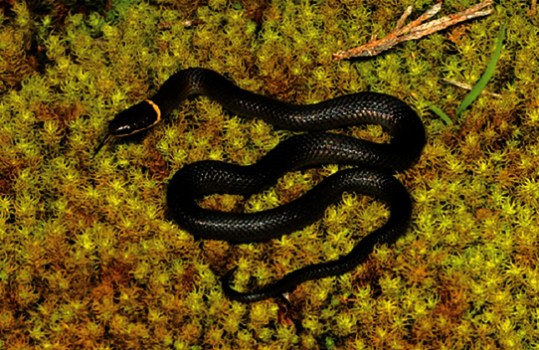East Tennessee Outdoors… Common snakes of East Tennessee – Part 2
Published 12:07 pm Thursday, July 2, 2020
|
Getting your Trinity Audio player ready...
|
BY DANNY BLEVINS
STAR CORRESPONDENT
No one will ever quite understand the fear and loathing I have for snakes. I believe it all started when I was a child and a large black snake crawled around my feet.
My mother saw it and grabbed me, all while giving a scream that would make a dog bark in three counties. From that point on, I hated and feared snakes.
I know that this fear is unnatural, but it is the only phobia I possess. I will gladly face a bear, mountain lion, wolf, and a score of other animals in the woods before I would want to face a snake.
The sad part of all of this is that most of the snakes in this area are not venomous and help humans by eating rats, mice, insects, and a slew of other critters that cause problems to humans.
The more you know, the less you fear, so I am going to make it my job this week and next week to introduce to you the multitude of nonvenomous snakes that call these mountains home.
Who knows, one day I may actually lose my own fear of these slithery reptiles.
Northern Ring-necked Snake
This is a very common snake in the East Tennessee mountains and can be identified by a small red or orange ring around their neck. They have a very slender body and only grow to 10-15 inches long.
They love dark damp places in the woods or you may even see one in your cellar or basement. I have seen several of these in my own basement and have learned that they are harmless.
They eat bugs, earthworms, salamanders, lizards, and even small snakes. If you see one, he will try to get away from you as fast as he can, and he means no harm to anybody or anything.
Common Watersnake
The Common Watersnake is another snake that is often misidentified. Many people see a watersnake, and they think it is a cottonmouth snake or copperhead snake, and they kill them.
In reality, this snake is as harmless as a snake can get.
This beautiful snake can be found in, near, or around almost any body of water. They usually grow from 24-42 inches long and have a grayish to brown body.
These snakes feed on crawfish, small fish, and other aquatic animals.
When threatened, common watersnakes will try to make a retreat. If they are captured, they will flatten their head and neck and become very aggressive.
Also, they discharge a foul-smelling musk from glands at the base of their tail.
One of the most common snakes found in East Tennessee is the Eastern Gartersnake. This snake can be found from border to border in Tennessee and are harmless.
This snake usually measures from 18-26 inches in length and their color patterns vary depending on the area they are living in.
They usually have three light stripes, which can be white, yellow, blue, brown, or green and these run along the length of their black, brown, or olive body.
One of the reasons this is a very common snake is it has learned to adapt to its environment.
It may live in damp woods, in marshy areas, ponds, edges of streams, or along ditches. They also can be found in fields, in vacant city lots, in city parks, and around old farms.
They usually eat frogs, toads, tadpoles, salamanders, fish, and earthworms.
One interesting fact about them is they get their name from their long stripes. It is said they resemble the stripes of a man’s garter that hold up his socks.
Next week we will learn more about some of the common and harmless snakes that inhabit our mountains in Part 3 of Common East Tennessee Snakes.








